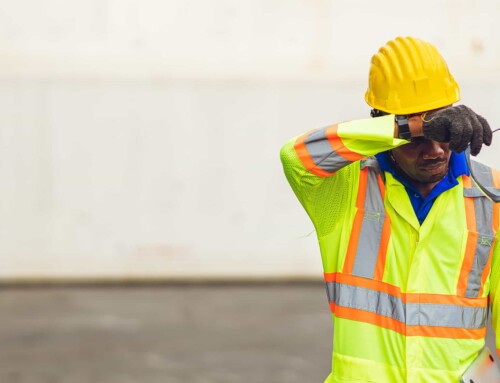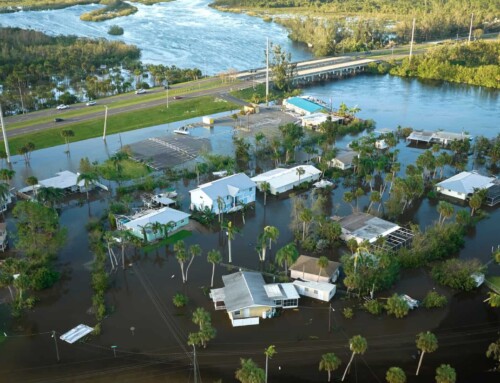How much stuff is too much? In a recently published article for claims adjusters, much is discussed regarding estimating damages for insurance claims in homes with excess personal property, or hoarding.
“Hoarding” is defined as the excessive accumulation of items over the course of months or years that have virtually no value. While this behavior may lead to a starring role on the TLC network’s show “Hoarders: Buried Alive,” it can develop into a major headache for insurance carriers in the event of a property claim.

Like in all claims, some of the concerns that adjusters are looking at are:
- Source of the loss
- Date of the loss (was it there before the policy was in effect?)
- Extent of the damages – some may not be readily visible
- Pre-existing damage – poor air quality and mold
- Did the homeowner mitigate the damages?
During an investigation, the insurance adjuster is trying to determine all of the above items while trying to work around the insured’s personal property. It is easy for items that the homeowner sees as irreplaceable to be classified as valueless trash by the claims adjuster.
A standard homeowner’s policy also may have several exclusions that could apply to a hoarding claim. For example, most policies do not cover losses that result from an insured’s intentional conduct if the loss may be reasonably expected to result from that conduct. If the insured has accumulated so much paper that a room cannot be used for its intended purpose, it is reasonable to believe that the structural integrity of a building could become compromised. Similarly, damage from rodent infestation is reasonable to expect if someone accumulates trash.
Hoarding claims involve a number of challenges – some are more obvious and some will become apparent during the course of a home inspection. Here are three things you should know about people who hoard and the environment in which they live.
The Dangers Involved in a Hoarders Claim
Hoarding creates a number of health and safety issues for the occupants and raises coverage issues for insurers. There are trip and fall hazards, fire hazards, the presence of rodents and reptiles, as well as an inability to identify any leaks or structural issues with a property since so much of the area is hidden and inaccessible.
“The lack of maintenance in hoarders’ homes is the main culprit, but is compounded by the use of space heaters, portable cooking devices and other temporary fixes to malfunctioning home appliances,” stated Cory Chalmers, an expert from A&E’s “Hoarders” show.
How Hoarding Affects Insurance
Since there typically is no interior home survey completed with new policy applications, it’s rare that a person can initially be identified as a hoarder.
Once a property is insured, the claims process for a large accumulation of items can be challenging, but the standard for determining repair versus replace is the same as a non-hoarding claim. The struggle is determining what items are damaged because of the sheer amount of items in the household.
“Some carriers have limited coverage such as no replacement value or actual cash value on articles that are outdated or obsolete and stored and not being used,” stated an independent adjuster. Articles not maintained in good or working condition may also be excluded from replacement.
The Challenges of Working With Hoarders
Costs for a hoarding claim can escalate quickly if controls aren’t put into place and some decisions aren’t made at the outset. Sometimes the insurer is aware that it is a hoarding claim and can give the restoration firm notice that the claim will take several days. For the restorer, the challenge is to work with the insurer and the customer so the best outcome is achieved for all involved.
“Most hoarders are very protective of their belongings and they claim they know where everything is,” explains Glenn Allison, a contents sales estimator with BELFOR Property Restoration. “Sometimes it’s an extremely emotional and grieving process to see them ‘part’ with their belongings, even if it’s just to be cleaned.
It’s important to show respect for the individual and concern for his or her safety. Creating a bond of trust is critical. When speaking with the owner, listen to how they describe their belongings and use similar language when referring to them.
Adjusting a Hoarders claim can be challenging, but the experienced adjusters at Johns Eastern are ready to help. Contact us today through our website, here.





